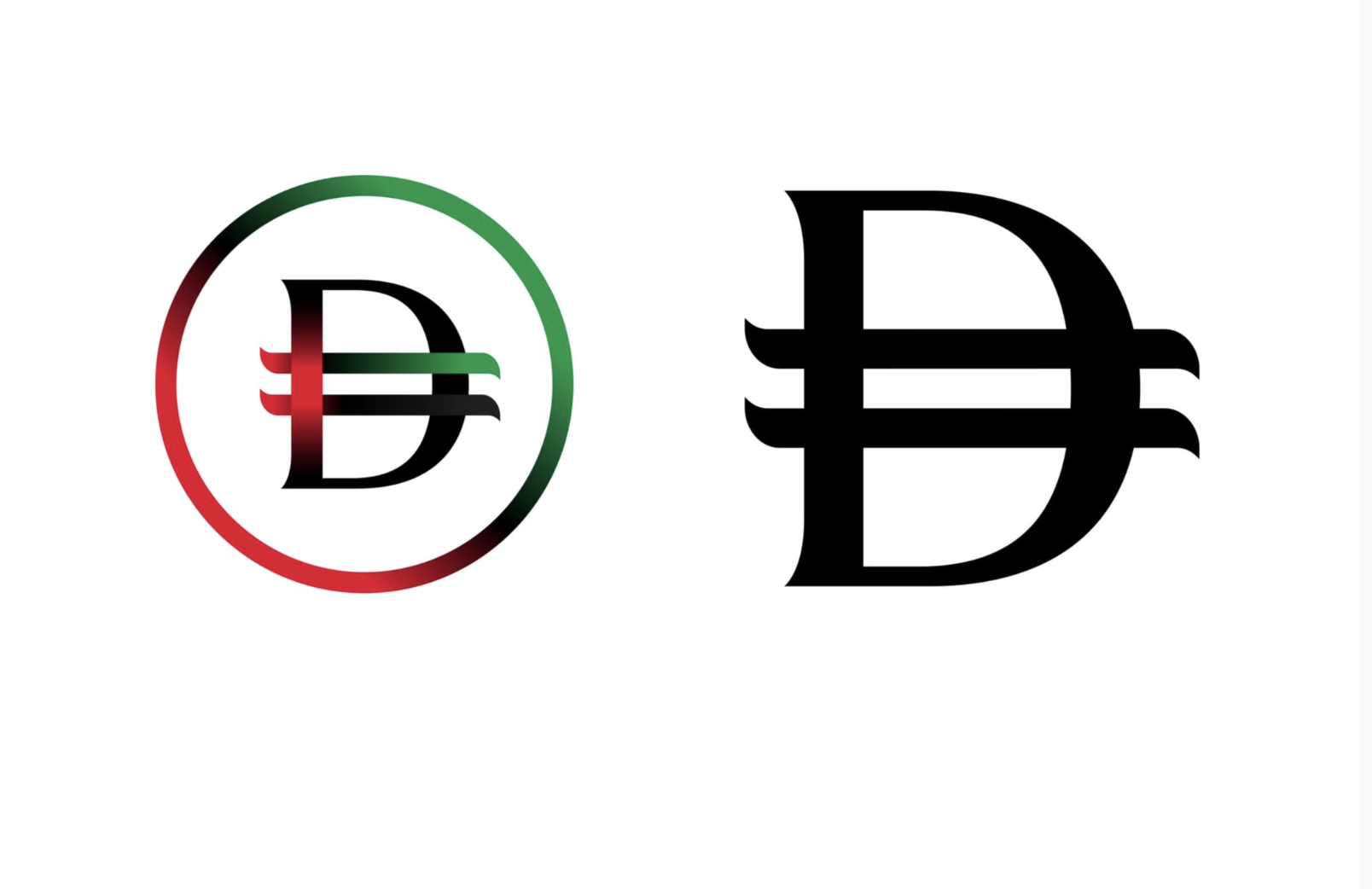Life-sciences M&A (mergers and acquisitions) across the Middle East is expected to accelerate as Gulf governments ramp up investment in biotech manufacturing, advanced therapies and HealthTech, according to a new report by Grand View Research (GVR).
The study forecasts the region’s HealthTech market will climb to Dh44 billion by 2033, supported by a growing shift toward biologics, localisation and technology-transfer programmes.
The findings come as the UAE and Saudi Arabia intensify efforts to build sovereign capabilities in drug development and production under the UAE Life Sciences Strategy and Saudi Vision 2030.
Analysts say the push is driving consolidation and new deal-making ahead of the World Health Expo (WHX) 2026, formerly Arab Health, set to take place in Dubai next year.
Dubai seen as centre of consolidation
The report positions Dubai as a key coordination hub for regional life sciences expansion due to its regulatory neutrality, logistics infrastructure, and free-zone incentives.
“Dubai and the broader GCC now sit at the crossroads of science, capital and policy,” said Swayam Dash, Managing Director at GVR.
“That convergence is catalysing a wave of acquisitions and joint ventures. Localisation is no longer just a cost play – it’s now fundamental to building an ecosystem for advanced therapies.”
CDMO and bioprocessing markets to nearly double
GVR estimates the Middle East healthcare CDMO (Contract Development and Manufacturing Organisation) market at $6.27 billion (Dh23 billion) in 2024, nearly doubling to $11.91 billion (Dh43.7 billion) by 2033 at a 7.5% CAGR.
The region’s bioprocessing market is also projected to more than double from $1.16 billion (Dh4.26 billion) to $2.44 billion (Dh9 billion) over the same period.
The trend is reshaping investor priorities. Small molecules continue to hold the largest CDMO revenue share at around 36%, but biologics, biosimilars and cell-based therapies are increasingly driving strategic focus.
Localisation drive fuels deal activity
Dash said governments are rapidly advancing localisation strategies across biologics, biosimilars and cell therapy inputs. “Global players want access to the region’s growth, and governments want capability quickly. The outcome is a strong M&A pipeline in CDMO, bioprocessing and cell therapy inputs.”
GVR notes that outsourcing is expanding as drugmakers pursue lower production costs, faster time-to-market and improved supply-chain resilience.
A smaller but fast-growing segment, cell therapy raw materials, is forecast to expand almost fourfold, from $39.2 million (Dh144 million) in 2024 to $169.8 million (Dh623.5 million) by 2033, one of the highest CAGRs globally at 17.8%.
HealthTech, AI and diagnostics draw investor interest
Dubai’s expanding biotech accelerators and digital-health pilots are also contributing to rising interest in acquisitions, especially in AI-enabled diagnostics, remote monitoring and precision-medicine platforms. These segments are expected to feature prominently in deal announcements at WHX 2026.
Regulatory delays remain a risk
The report warns that regulatory fragmentation and limited specialised talent could slow some large cross-border deals despite the region’s strong growth trajectory.
The pharmaceutical CDMO segment, for example, is expected to grow from $3.50 billion (Dh12.85 billion) to $5.39 billion (Dh19.79 billion) by 2033, reflecting a more moderate 4.9% CAGR in mature areas of the market.
Still, Dash said the strategic direction is clear: “The Middle East doesn’t just want access to advanced therapies, it wants to produce them. Consolidation and capability acquisition will be central to that aim.”
WHX 2026 poised as deal-making platform
With global biopharma and CDMO companies preparing to expand in the Gulf, WHX 2026 is expected to serve as a major platform for investment announcements, joint ventures and new manufacturing partnerships. Analysts expect the next 24 months to be critical for companies positioning themselves within a developing Gulf-based life-sciences hub.
